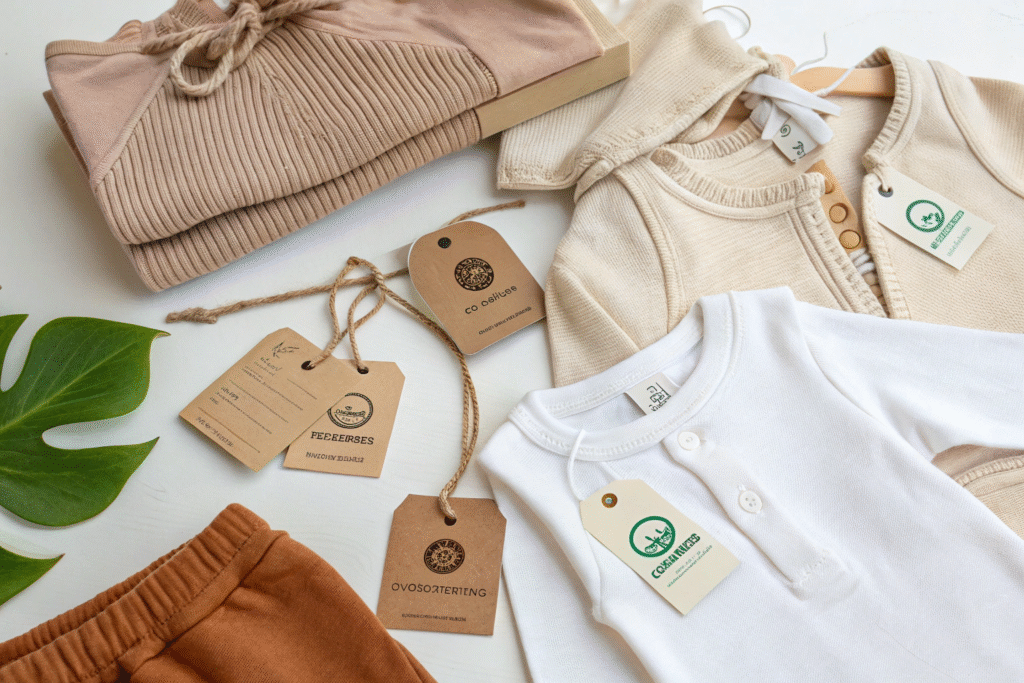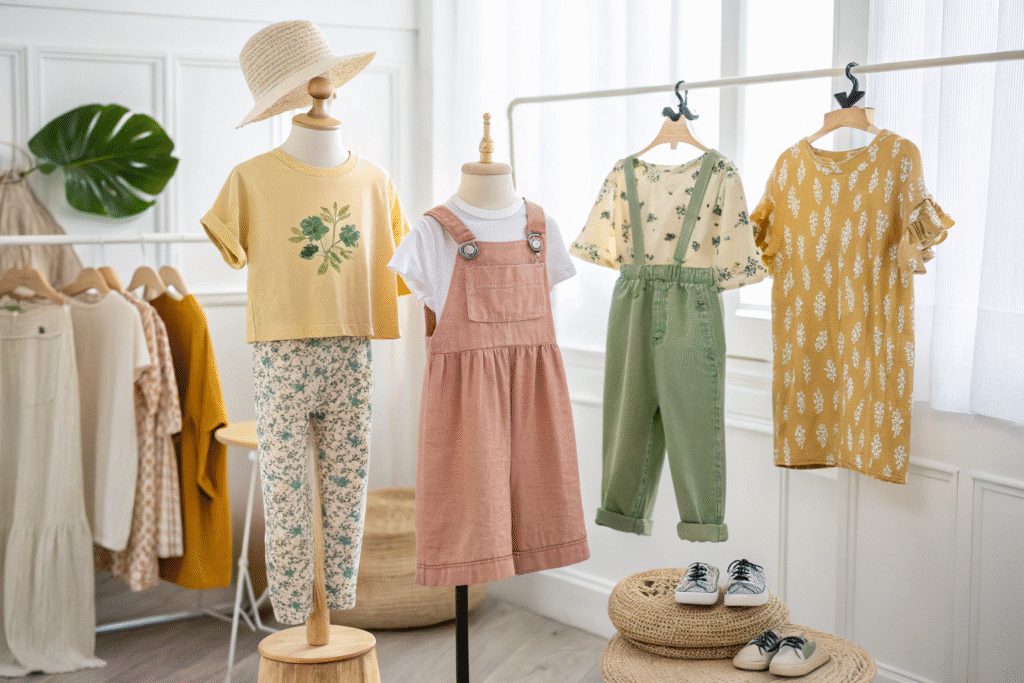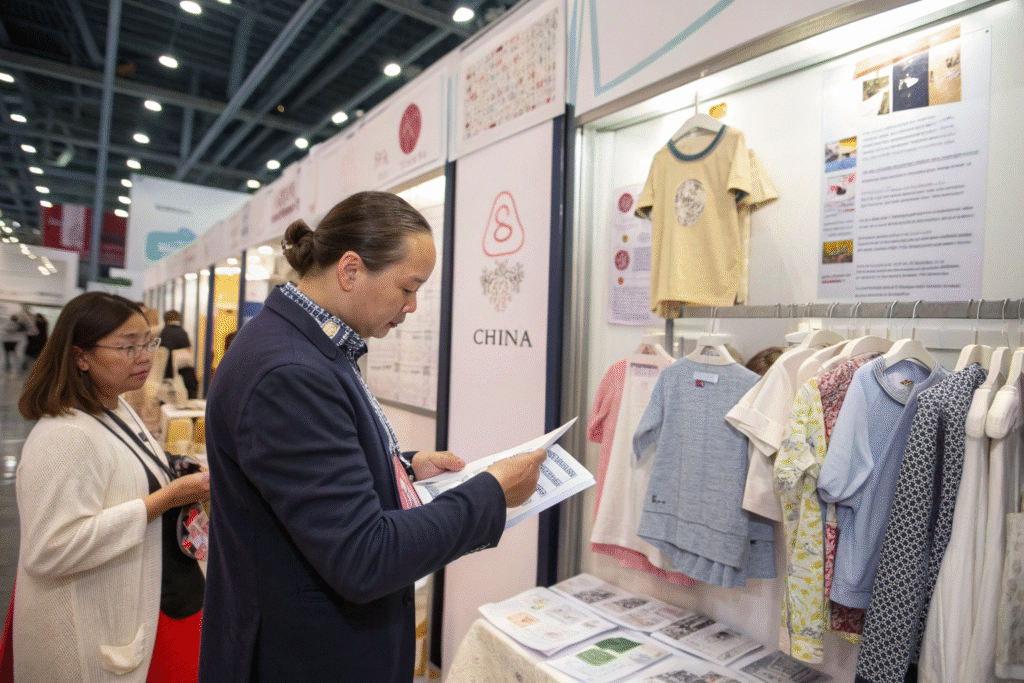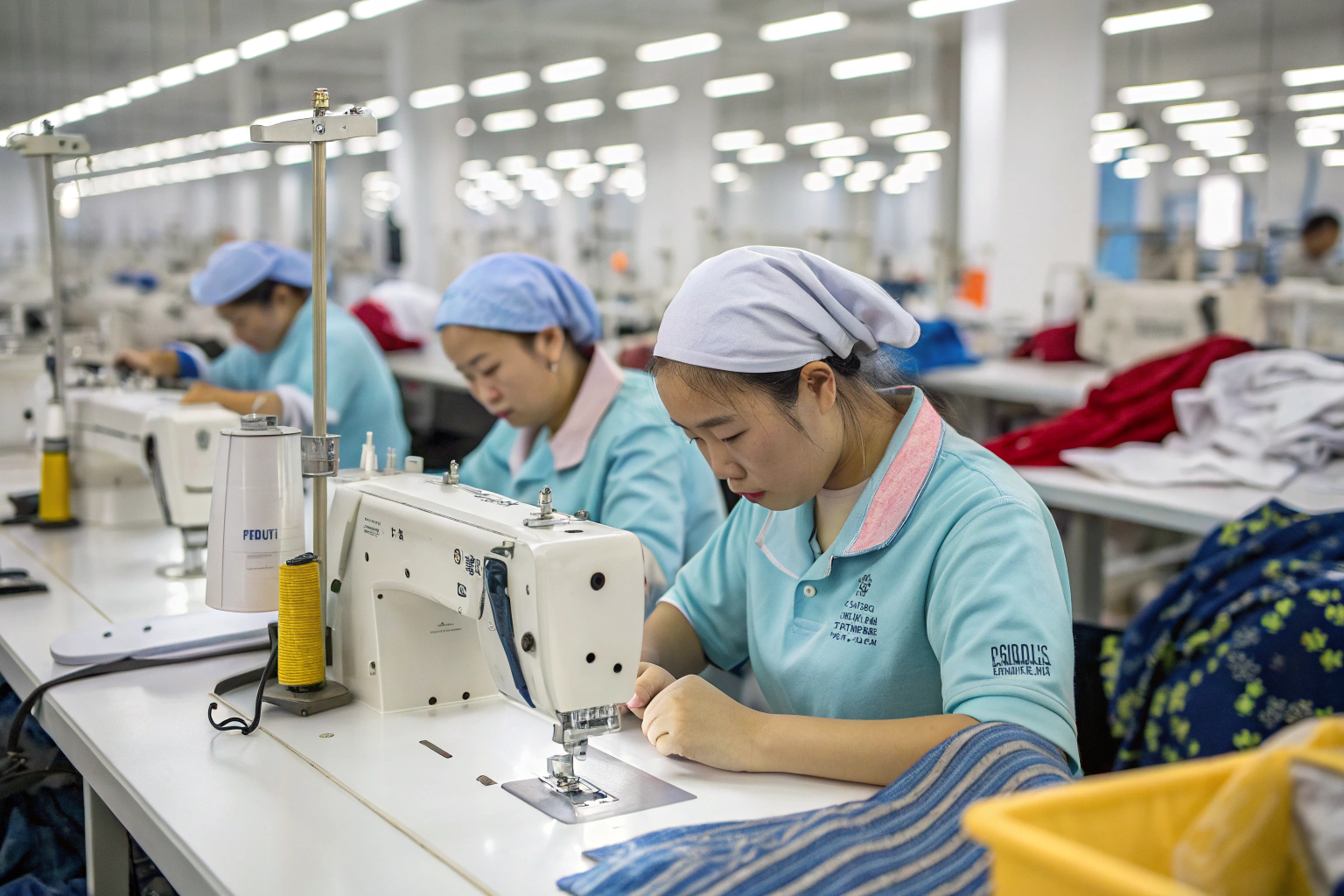If you’re a brand owner or buyer who cares about both children and the planet, you’ve probably asked: where can I find kids’ clothing brands that are truly sustainable and stylish? That’s exactly what I’ll explore in this guide, based on my insights from years of manufacturing in China for major U.S. and European brands.
Here are 10 eco-conscious brands that lead the way in kidswear sustainability, offering style, comfort, and ethical practices.
From sourcing organic cotton to reducing plastic packaging, these brands prove that sustainable fashion isn't just a buzzword—it’s a growing movement in the children’s apparel space. As a manufacturer who helps clients bring their eco-lines to life, I’ll break down what makes these brands worth watching, and how we support similar production goals.
What criteria define a sustainable kidswear brand?
Sustainability can feel like a vague term. As a producer in this space, I’ve seen firsthand that it goes far beyond fabric choice. Parents and retailers are demanding more—cleaner materials, ethical treatment of workers, and even carbon-neutral shipping.
To qualify as a truly sustainable kidswear brand, a label must combine eco-friendly materials, responsible manufacturing, transparent communication, and long-lasting garment quality.

What makes fabric choices so important?
Materials are at the core of sustainability. Organic cotton, TENCEL™ and bamboo are top choices because they’re gentle on skin and grown with fewer chemicals. Brands like Finn + Emma use 100% organic cotton with non-toxic dyes. These fabrics reduce allergic reactions in babies and break down naturally after disposal.
Choosing GOTS-certified fabrics also matters. The Global Organic Textile Standard (GOTS) ensures not just that the cotton is organic, but that the entire process—from spinning to dyeing—follows strict environmental rules.
How do certifications and audits play a role?
Trust in sustainability often comes down to certifications. I advise buyers to look for GOTS, OEKO-TEX®, and Fair Trade labels. These third-party verifications prove a brand isn’t just greenwashing. For example, Mini Rodini publishes their full audit results and manufacturing locations.
We help our clients obtain these certifications, guiding them through audit prep and maintaining traceable sourcing. Transparency builds trust with eco-conscious parents.
Which kids' clothing brands lead the eco movement?
When I work with brands launching green collections, I’m often asked: who is doing it right? Over the past decade, several companies have set benchmarks for sustainable kidswear, combining bold designs with real commitment to ethics.
Standouts like Hanna Andersson, Frugi, and PACT offer beautiful clothing while championing organic cotton, fair wages, and low-impact dyes.

Why is Hanna Andersson considered a pioneer?
Founded in Portland, Hanna Andersson was among the first to use organic cotton in U.S. kidswear. Their pieces last years, not months—ideal for hand-me-down culture. They’ve since committed to recyclable packaging and clean dyeing processes. Parents love their OEKO-TEX® certified fabric that’s soft but durable.
We’ve supported brands like Hanna with contract manufacturing, ensuring consistent QC and meeting repeat shipment timelines for their vibrant prints and sleepwear lines.
How does Frugi balance fun and environmental care?
UK-based Frugi injects playful patterns into eco-fashion. They use GOTS-certified cotton and repurposed plastic bottles for padded outerwear. Every product’s lifecycle is traceable, and they donate 1% of profits to environmental charities.
Frugi also offers factory transparency—something we mirror in our work. Our production partners often run on solar energy and enforce fair labor guidelines, giving peace of mind to brands and end consumers alike.
Why do buyers choose sustainable brands?
Many of our overseas clients tell us the same thing: their customers expect sustainability now. Whether it’s a boutique or an online retailer, ethical values are part of the purchase decision. In this context, offering organic and eco-certified goods isn’t just ethical—it’s smart business.
Buyers are drawn to sustainable kidswear brands because they align with shifting consumer values and reduce long-term reputational risk.

How does sustainability affect brand perception?
When a parent sees that a brand uses certified organic cotton and fair trade factories, it immediately builds trust. Burt’s Bees Baby built an entire reputation on organic purity. In today’s digital era, transparency isn’t optional.
We help buyers reinforce this perception by offering factory visit videos, QR code-tracked logistics, and up-to-date inspection reports, ensuring consistent messaging from supplier to shelf.
What are the ROI advantages of eco-sourcing?
Contrary to myth, sustainable clothing doesn’t always mean higher costs. Brands like PACT keep prices competitive by streamlining their supply chains. For buyers, this often means fewer returns, stronger repeat purchases, and brand loyalty.
We use DDP (Delivered Duty Paid) logistics to eliminate customs issues, a frequent complaint among buyers importing sustainable goods. This all-in-one approach cuts surprise fees and delays.
How can new brands build sustainable kidswear lines?
Emerging brands often ask us: where do we begin? Designing eco-friendly collections from scratch requires the right foundation—materials, factories, and compliance knowledge. We help startups build trust from day one.
New brands can launch sustainably by choosing certified fabrics, low-MOQ factories with clean records, and ensuring all labeling meets U.S. and EU standards.

What steps help turn ideas into compliant eco collections?
First, identify fabric sources. Sites like Organic Cotton Colours help brands pick the right yarns. Next, find factories that offer ethical audits and flexible minimums. We provide detailed timelines, test reports, and DDP shipping models to simplify the journey.
Finally, ensure your marketing reflects real facts. Claims like “sustainable” or “eco” must be supported by actual certifications or third-party verifications, or risk penalties in regions like California and Germany.
Why is it vital to start with the right factory partner?
Many failures stem from bad factory choices. A small brand might select a low-cost supplier, only to find untraceable fabrics or failed safety tests. That’s why we’ve helped dozens of startups vet partners across Zhejiang and Jiangsu.
We also provide in-house design services for startup clients, helping translate mood boards into workable tech packs. Platforms like Techpacker let us collaborate in real time, avoiding miscommunication and costly redos.
Conclusion
Sustainable kidswear isn’t just a trend—it’s the future. As a Chinese factory owner serving U.S. and European brands, I’ve seen this evolution firsthand. The 10 brands highlighted above represent the best of what this industry can offer: organic fabrics, ethical practices, and timeless designs. Whether you’re an established label or launching something new, choosing the right manufacturing partner is essential. Let’s build a greener future together—one garment at a time.










